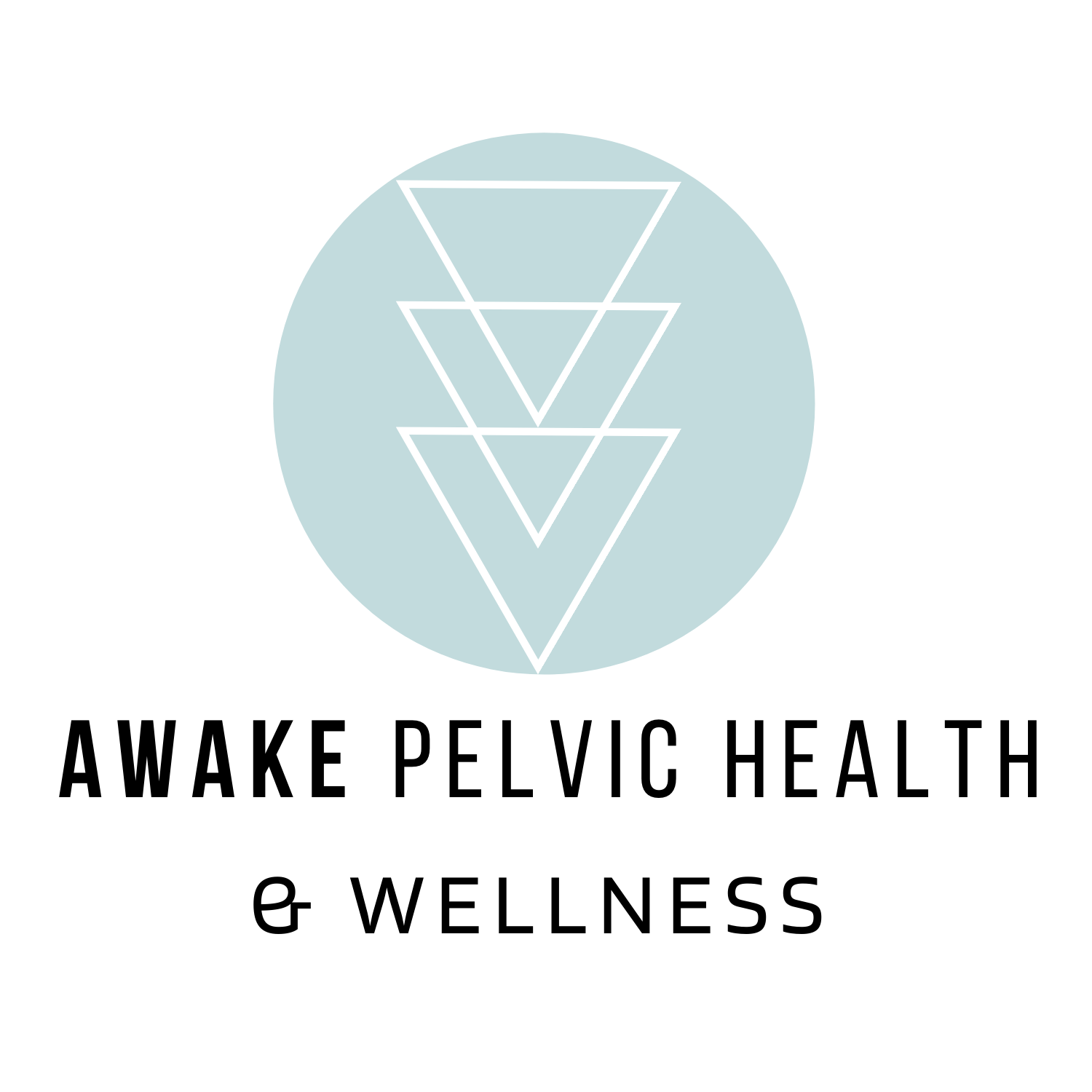What is Dry Needling & How can it help you?
What is it?
Curious about dry needling and how it can be a part of your pelvic physical therapy plan of care? First off, dry needling (aka trigger point dry needling) is a technique using thin monofilament needles and is used to treat dysfunction of skeletal muscle and connective tissue, minimize pain, and muscular impairments. Using dry needling to treat trigger points (tight bands of muscle that can disrupt function or cause pain/tenderness) can help increase blood flow, decrease tension, and reduce local or referred pain.
Often times when someone comes to see a pelvic PT, it’s not just their pelvic area that would benefit from treatment, all the areas around the pelvis benefit too! Everything is interconnected in our body, and at Awake Pelvic Health & Wellness we treat your WHOLE body! If you have tight hip, low back, or glute muscles, this can all impact your pelvic floor function causing pain or dysfunction in your pelvic region. So often we find the tension in these muscles cause the pelvic region to also become tight and up-regulated which can result in urinary urgency and frequency, pelvic pain, pain with sexual activity, pain with sitting, and even tailbone pain.
How does is work?
Dry needling involved inserting thin, sterile needles into muscle trigger points. The goal of the trigger point needling is to elicit something called a “twitch response”, which is a sudden contraction and relaxation of the muscle being treated. This allows the muscle to do a better job in performing its proper stability functions around the pelvis. Release tightness in the muscle allows it to function better and do its job. This is not the same as acupuncture. Acupuncture comes from Chinese Medicine and meridian lines, and needles are left in for a longer period of time. Dry needling can elicit great results for some patients and is often used in conjunction with other manual therapies and exercises to help “reset” your muscles.
Curious to learn more about how dry needling could be a part of your pelvic health treatment plan? Reach out to us to find out!
This post was written by Dr. Hannah Strom, owner and founder of Awake Pelvic Health & Wellness. Hannah is a pelvic floor physical therapist in Woodbury MN, and founded Awake Pelvic Health & Wellness in 2021.
Hannah is a passionate writer and vocal advocate for pelvic health and the importance of improving access pelvic floor physical therapy for women and men. She believes strongly that many common pregnancy pains and postpartum symptoms can be eased or even prevented with basic education and care.
She created this blog to help all birthing people manage common pelvic floor issues, including pregnancy pains, pelvic pain, bowel and bladder issues, prep for birth, and postpartum recovery.




